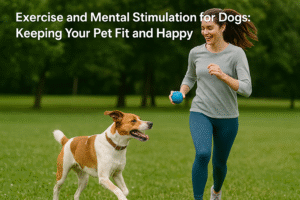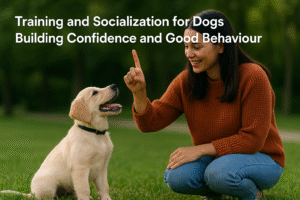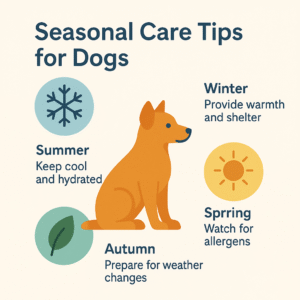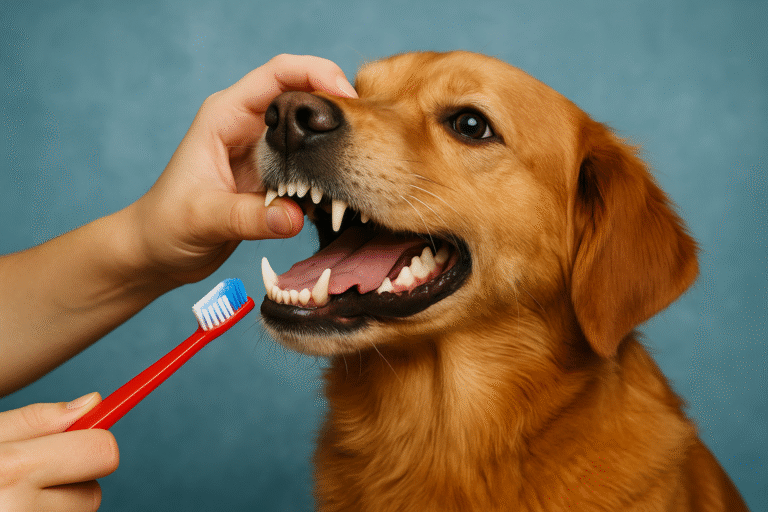Maintaining an active lifestyle is essential for your dog’s physical health and emotional wellbeing. Regular exercise helps dogs stay lean, strengthens their muscles and keeps their minds sharp. According to Willowbrook Veterinary Hospital, physical activity not only supports a healthy weight but also provides mental stimulation and helps prevent boredom, anxiety and destructive behaviors. An engaged mind and a strong body are the cornerstones of a happy life for your canine companion.
The Benefits of Exercise
Frequent activity promotes a wide range of health benefits. Exercise strengthens muscles, improves cardiovascular fitness and enhances balance and agility. A fit dog has a lower risk of injury because strong muscles support their joints and help them move smoothly. Cardiovascular exercise also strengthens the heart and lungs, contributing to longevity and overall vitality. Beyond physical health, exercise is a powerful bonding experience: spending time hiking or playing together improves your connection and helps socialize your dog to different environments and people.
Mental health is equally important. Without adequate stimulation, dogs can develop anxiety, frustration and undesirable behaviors such as excessive barking, chewing or digging. Interactive exercise provides mental enrichment, giving dogs a positive outlet for their energy and curiosity. It helps build confidence and reduces stress.
How Much Exercise Does Your Dog Need?
Exercise requirements vary depending on age, breed and overall health, but most adult dogs benefit from 60–90 minutes of physical activity per day. High-energy breeds such as Border Collies, Australian Shepherds and Jack Russell Terriers may need longer sessions or multiple daily outings, while brachycephalic (short-nosed) breeds and seniors may require shorter, more gentle activities.
Several factors influence exercise needs:
- Age: Puppies require shorter bursts of play throughout the day to avoid stressing developing joints, while adult dogs can handle longer sessions. Senior dogs still need exercise to maintain mobility but may prefer gentle walks or swimming.
- Breed and energy level: Working and sporting breeds generally have higher energy needs than toy breeds. Understand your dog’s instincts and tailor activities accordingly.
- Health: Dogs with medical conditions or orthopedic issues should follow a veterinarian-approved exercise plan. Watch for signs of discomfort and adjust intensity.
- Weather: Extreme heat or cold can be hazardous. Exercise during cooler hours and always provide fresh water.
Types of Physical Exercise
- Daily Walks and Hikes: Walks form the foundation of your dog’s fitness routine. Vary the route, speed and terrain to keep things interesting. For adventurous pups, hikes provide extra mental and physical challenges.
- Fetch and Tug-of-War: These games satisfy natural chasing and pulling instincts. Throw balls or Frisbees in a safe, enclosed area and incorporate training commands like “sit” and “drop it.” Tug-of-war builds strength and teaches impulse control.
- Agility and Obstacle Courses: Setting up a backyard agility course using cones, hurdles or tunnels offers both physical and mental stimulation. Dogs learn to navigate obstacles, improving coordination and confidence.
- Swimming: Swimming is a low-impact workout ideal for older dogs or those with joint issues. It strengthens muscles without stressing the joints and cools dogs down on hot days.
- Dog Sports: Activities like flyball, dock diving or canine freestyle dance combine physical exertion with teamwork and mental focus. Choose sports that suit your dog’s interests and energy level.
Mental Stimulation: Exercising the Brain
Mental exercise is just as important as physical activity. Dogs are intelligent animals that enjoy problem-solving and learning new things. Without mental challenges, they can become bored and anxious. Here are several ways to keep your dog mentally engaged:
- Puzzle Toys and Treat Dispensers: Toys that require dogs to manipulate levers, slides or lids to access treats encourage problem-solving and slow down fast eaters. Rotate different puzzles to keep them interesting.
- Training Sessions: Short, positive training sessions provide excellent mental stimulation. Teach basic commands like “stay,” “come” and “heel” or work on more advanced tricks and agility. Training strengthens communication and builds trust.
- Nose Work and Scent Games: Dogs have an extraordinary sense of smell. Hide treats or favorite toys around the house or yard and encourage your dog to find them. Scent games tap into natural hunting instincts and provide a satisfying challenge.
- Interactive Play: Engage your dog with tug toys, flirt poles or fetch games that require quick thinking and coordination. Mixing commands with play (e.g., asking for a “drop it” or “spin” during fetch) exercises the mind and body simultaneously.
- Socialization Outings: Visiting pet-friendly stores, dog parks or outdoor cafes exposes your dog to different environments, people and other animals. Social experiences prevent boredom and teach appropriate behavior.
Combining Physical and Mental Workouts
Many activities provide both physical exercise and mental stimulation. For example, hiking on unfamiliar trails allows your dog to explore new scents and terrain while burning energy. Agility courses require focus and problem-solving as dogs figure out how to navigate obstacles. Fetch becomes a brain game when you incorporate obedience cues like “paw” or “circle” before each throw.
When designing a combined routine, consider variety. Alternate high-energy days with lighter mental training to prevent overexertion. Always observe your dog for signs of fatigue or overstimulation, such as heavy panting, lagging or losing interest. Provide plenty of water and allow time for rest.
Safety Tips
- Begin gradually if your dog is new to exercise or coming back after an injury.
- Keep sessions shorter in hot weather and avoid midday heat. Provide shade and water breaks.
- Protect your dog’s paws on rough or hot surfaces. Booties can prevent injuries.
- Use a harness or leash appropriate for your dog’s size and strength to maintain control during walks.
- Consult your veterinarian before introducing intense activities, especially for puppies, seniors or dogs with health conditions.
Conclusion: A Balanced Routine for a Happy Dog
Physical exercise and mental stimulation are both essential for your dog’s wellbeing. Regular activity helps maintain a healthy weight, strengthens muscles, improves cardiovascular health and provides invaluable mental enrichment. By tailoring exercise and mental challenges to your dog’s age, breed and health, you can create a balanced routine that keeps your canine companion happy and fulfilled.
For personalized guidance on creating an exercise plan or suggestions for puzzle toys and games, please contact us. Our team is happy to help you keep your dog fit, mentally stimulated and thriving.













